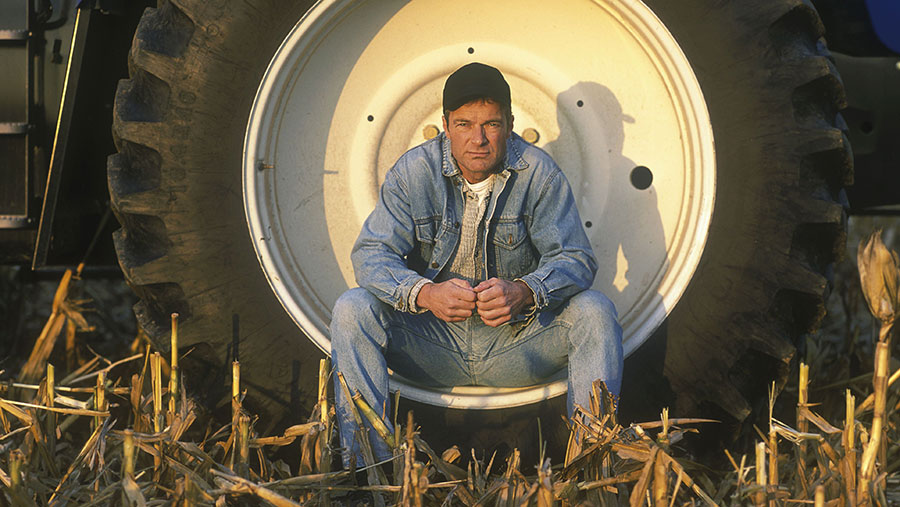Opinion: Too much repetition and reinvention in farming
 © Design Pics Inc/Rex Shutterstock
© Design Pics Inc/Rex Shutterstock I wish I had a pound for every wheel that the farming industry has reinvented.
Initiatives have been started to promote initiative, programmes set up to investigate replication, even mapping exercises have been commissioned to map how the industry has been mapped.
Pity the poor shoppers who try to decipher the melange of assurance labels, too.
These schemes are confusing even for the most mentally agile farmers who are accredited by them.
The area of educating children about food, farming and the natural environment is populated by a number of different organisations, charities, and businesses committed to helping those outside of farming to become better versed in the goings on within this diverse sector.
See also: Crime gangs could turn countryside into the Wild West
Some focus on preparing resources; others on initial teacher training; some host farm events for large groups; and others encourage children to explore the natural environment.
Each of these organisations has a point of difference. A specialty or a particular charitable objective. But there is overlap which can lead to confusion.
 Ian Pigott farms 700ha in Hertfordshire. The farm is a Leaf demonstration unit. Ian is also the founder of Open Farm Sunday.
Ian Pigott farms 700ha in Hertfordshire. The farm is a Leaf demonstration unit. Ian is also the founder of Open Farm Sunday.
Their work is vitally important for the future success of our industry. But could it be better? More impactful and influential? Yes, of course it can.
The Countryside Classroom was recently launched and is a lesson (excuse the pun) to all within the sector.
It is a stellar example of a market-driven collaboration where the sum of parts exponentially improve the reach, quality and demand for the product being delivered.
I urge all within the agri-food sector to have a look at the website and encourage any school contacts to do the same.
What makes the Countryside Classroom different from other collaborative projects?
“Pity the poor shoppers who try to decipher the melange of assurance labels, too. These schemes are confusing even for the most mentally agile farmers who are accredited by them”
First, it was created out of demand. A piece of research was commissioned by the AHDB to find out if schools and teachers were engaging with the food, farming and the natural environment. And if not, why not?
In summary, the research showed teachers were confused by the volume of information on offer.
They did not know who to choose, who to trust, and how to get the best information for their own needs.
Second, The Countryside Classroom is the largest ever partnership of its kind.
Since the founding partners first came together in 2012, the collaboration has grown to a total of 30 partners. Led by Farming and Countryside Education (Face), it is supported by the likes of the NFU, AHDB, Leaf, Bright Crop, Farms for City Children and the National Trust.
They have the shared ambition of increasing the number and quality of learning opportunities accessed by pupils.
Call it what you like – a gateway, a one-stop shop, an umbrella portal – it is a truly remarkable piece of work.
Of course, there are key individuals and funders who have made it happen and helped keep it on course.
But what makes it different, so special, and a shining example to all within our sector is that these 30 partners have left their own agendas outside of the room.
Every partner recognises that by working together they can have far greater influence, deliver greater clarity and objectivity to their target audience.
Many of the teachers who I speak with are receptive to teaching more about food and farming. Any reticence hails from a lack of knowledge not a resistance to the subject.
The Countryside Classroom will overcome these barriers.
The farming industry should applaud the work of all the organisations involved and learn lessons from their ambition. We need to work smarter, collaborate where possible and not reinvent wheels.
